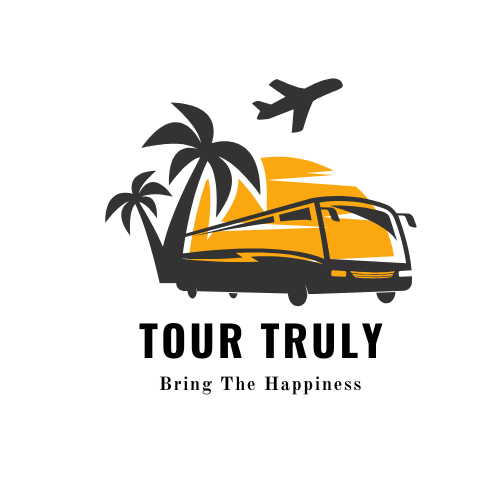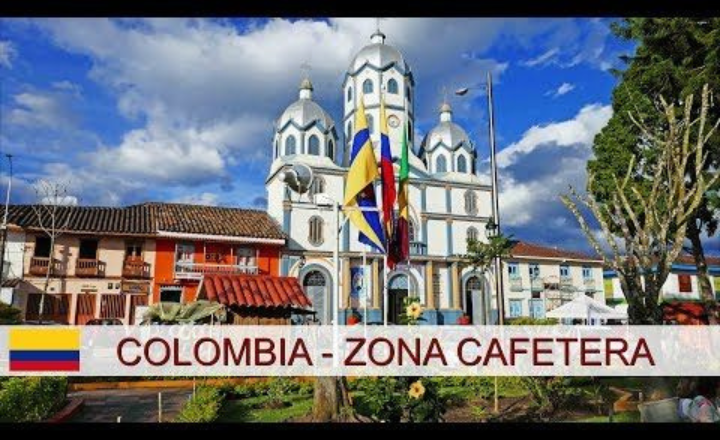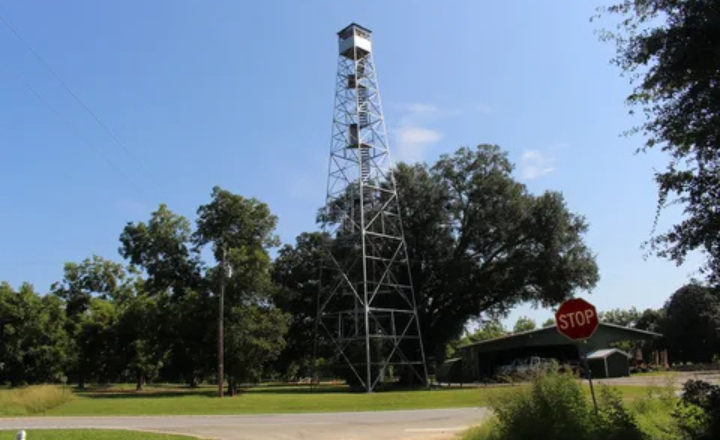Zona Cafetera Colombia: The Ultimate Travel Guide
In this ultimate travel guide, you will find a detailed overview of the most attractive and charming place, Zona Cafetera, Colombia. Zona cafetera Colombia is a very unique, magical sight all over the world and is famous in its own right.
It is full of green hills, quaint pueblos painted in every color under the sun, with different kinds of fragrance. In fact, if you are browsing Zona Cafetera Colombia Mapa for one minute, dreaming of a finca tour. Sort of a virtual road trip before making a trip plan.
In Zona Cafetera, Colombia, the various barista workshops at a boutique hacienda, evening time coffee by an open fire, and hiking through towering wax palms in Valle de Cocora make your journey memorable. Beautiful cultures add excitement and enjoyment to your tour.
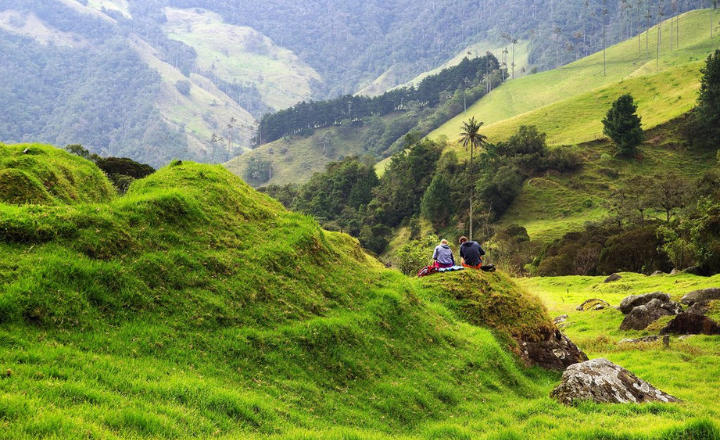
If you want to visit this beautiful view of nature, first of all, you must take some guidance on where to go, how to go, and why to visit Zona Cafetera, Colombia. If you have some knowledge about this place, you will gain comfort and peace by seeing this place.
Where Is Zona Cafetera & Why Visit?
In the central Andes of Colombia, the word Zona cafetera, or the “coffee Axis,” is a UNESCO World Heritage region that is popular all over the world. It is the parts of Caldas, Risaralda, and Quindio. Make a plan to visit these exciting landscapes, lush coffee plantations, a beautiful colonial town, and unique cultural experiences of coffee farm tours.

Highlights include the Cocora Valley with its towering wax palms, opportunities for hiking and birdwatching, and the chance to learn the hand-picking process of Colombia’s world-renowned coffee. When you visit the Zona Cafetera, Colombia, you will be gifted by the natural beauty of rich soil and cloud forest environments that support a wide array of plant and animal life, creating a true earthly paradise.
The region’s diverse ecosystems, including the Rio Blanco Nature Reserve, are a fantastic destination for birdwatching of various species.
Plus, Los Nevados National Park, or Nevados National Park, is practically the backdrop think volcanoes like Nevado del Ruiz. Add in unique spots like Otun Lake or Plaza de Bolívar in Manizales, and it’s easy to see why even travel experts call it a must-visit.
How to Get to Zona Cafetera
The three largest cities that make up Colombia’s Coffee Region, the Zona Cafetera, are Pereira, Armenia, and Manizales. From any of these hubs, transport is available to visit the charming towns of Salento and Filandia, traveler favorites that offer a more authentic and traditional view of the region.
Closest Airports
Medellín is the main gateway to the region, offering quick 40-minute flights to each of the three Coffee Region hubs. Direct flights are also available from Bogotá and Cartagena. You can also take the bus, though travel times are long and road conditions are not always predictable.
Transportation Options
Transportation options to travel the Zona Cafetera, Colombia, are various, but you should travel according to your budget.
To travel on the buses is common in Colombia, but it is a very long distance from Bogota to Major Cities like Pereira, Armenia, or Manizales, are available with 8-9 hours of the distance.
There are no direct bus routes from Bogotá to Salento; you would typically travel to Armenia first and then take a local bus or Willys from the Armenia bus terminal to Salento.
Renting a car provides more freedom and flexibility to explore the region’s valleys and towns. Zona Cafetera Colombia is a very vast area in the world and the most attractive place for tourists.
Where to Stay in Zona Cafetera
Make a plan for where to stay in Zona Cafetera after a conversation with your trip friends or family, and select a possible place to stay. There are many towns for saty in Zona Cafetera, like Salento, known for its views and proximity to the Cocora Valley; Filandia, offering eco-lodges and boutique hotels for nature lovers.
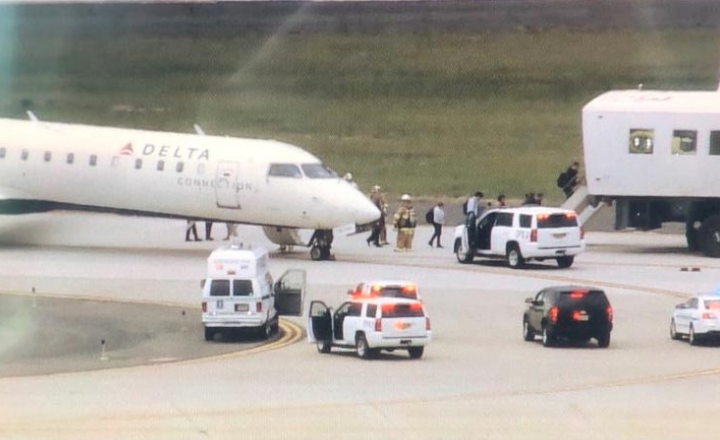
Armenia, the region’s capital with modern amenities and city hotels; and Pereira, a larger city with hotels featuring amenities like rooftop pools and spas. Options range from charming hostels in Pijao to luxury hotels and eco-friendly lodges, catering to different budgets and preferences.
Accommodation Types
According to your own budget, there are various types of accommodation, from hotels, motels, and guesthouses with good services and a comfortable environment. Travelers can choose based on their budget, privacy needs, and desired experience, from basic shared rooms in a hostel to the self-catering convenience of a vacation rental or the luxury of a boutique hotel.
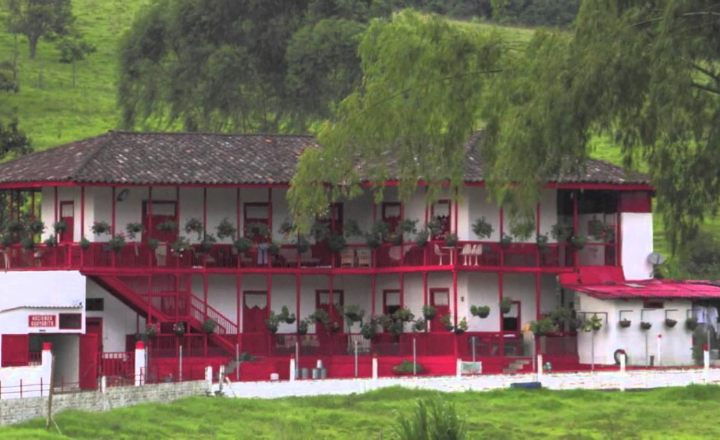
Standard & Budget Options
- Hotels:
There are many hotels stay providing the best services and luxurious amenities, like restaurants and fitness centers make your journey enjoyable. If you’re more about charm and morning views over coffee trees, check out smaller fincas like Helena Adentro or eco-hostels that throw in a little adventure (hello, wildlife experiences and tejo nights at Cancha de Tejo Los Amigos). - Motels:
- Designed for travelers on the go, typically featuring easy access for drivers.
- Guesthouses & Hostels
Smaller, more personal establishments, with Bed and Breakfasts (B&Bs) providing breakfast included in the stay. Hostels are a big source of social interaction, a guesthouse with culture immersion fans.
Self-Catering & Independent Option
Vacation Rentals & Holiday Homes:
Renting out private residences, apartments, or villas provides flexibility and space for longer stays or families.
Best Things to Do in Zona Cafetera
When you are visiting Zona Cafetera, you do not miss some best things to do, like as visiting charming places or hotels, and festival events that make your journey exciting.
Visit a Coffee Farm (Finca Tour)
First of all, you must visit an attractive view that is a Coffee farm( finca tour). To visit a coffee farm (finca tour), travel to a major coffee-growing region, such as Colombia or Karnataka, India, and research specific coffee farms in that area that offer tours.

Popular destinations in Colombia include the Quindio province, where you can find farms like Finca Don Eduardo in Salento. You must gain knowledge about the preparation of coffee on the farm, how looklike a coffee tree of coffee and how look of its seeds. By knowing this, you will be excited by nature’s beauty, which increases your interest in the tour.
Hike the Cocora Valley (Valle de Cocora)
If you want to visit Zona Cafetera, hiking the Cocora Valley is one of them. It takes approximately 5-6 hours to complete a 10-kilometer loop trail from Salento, Colombia, through the Acaime Hummingbird Sanctuary. The trail is generally considered challenging, with significant elevation changes and muddy sections.
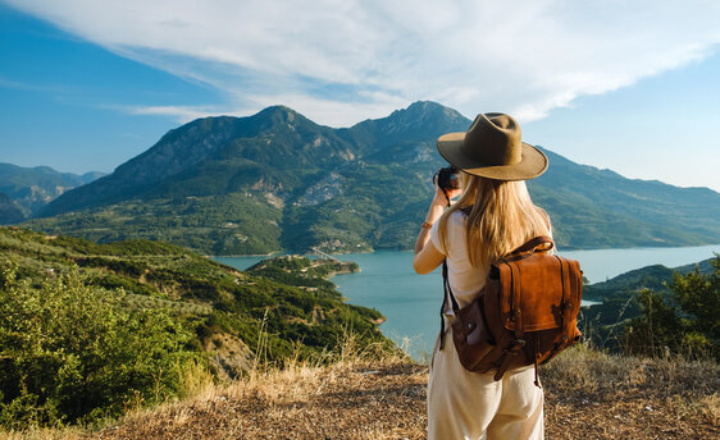
You’ll pay small fees to enter parts of the private land on the trail, and bringing layers of clothing is recommended due to the variable weather. Most people start from Salento, get there early, and hop in a Willy Jeep. Yes, those WWII-era Jeeps are still used as public transportation here.
Explore Colorful Towns & artisan markets
Never forget to visit historical and colorful towns, markets with unique crafts and vibrant atmosphere, like as Spain’s FARCAMA fair, Educators Gualaceo and Chordeleg village are popular for textiles and jewelry.
You must enjoy Talavera pottery and embroidery in Spain, and cultural Cuba and Ibiza. For diverse markets with varying specialties, explore the markets in Marrakech, Zanzibar, and the ancient bazaars of India.
Soak in Thermal Waters
To “soak in the thermal water” means to immerse your body in naturally heated, mineral-rich spring water, a practice known as balneotherapy, to benefit your skin, relax your muscles, reduce stress, and potentially improve conditions like high blood pressure and joint function.
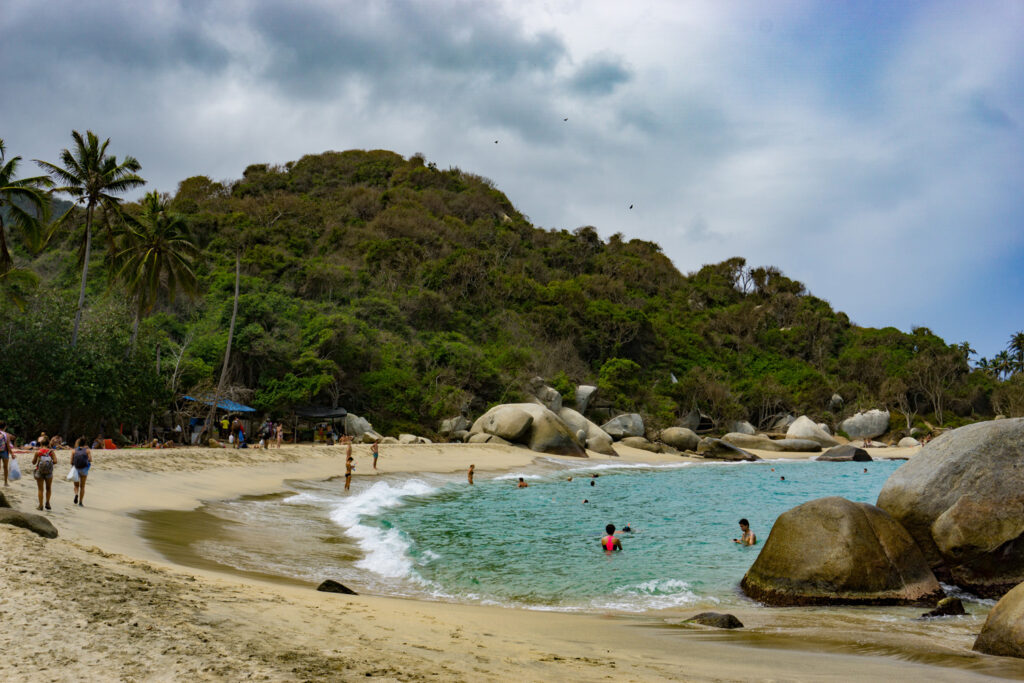
The waters are naturally heated by the surrounding Nevado del Ruiz volcano. Some springs are rustic, others more spa-like, with full massage and mud treatment packages.While beneficial, it is important to limit bath time to around 15-20 minutes to avoid overloading your circulation.
What to Eat & Drink in Zona Cafetera
Visiting Zona Cafetera is good to gain peace and comfort while enjoying cultural food and famous coffee that makes your day exciting.
Must-Try Dishes
You must taste your favorite dishes and take care of your food and drink to remain healthy. Must try dishes according to your budget. Eat trucha prepared in different ways, served with patacones, often grilled and fried. It is common around Salento and streams near Otun Lake. You do not miss trying sancocho, that is the traditional meat, plantain, and rice stew cooked on an open fire known as Bandeja Paisa.
- Arepas de Choclo – Sweet corn pancakes with cheese, crispy and golden.
- Patacones – Flattened and fried green plantains, served as sides or with meat.
Trying to taste various dishes of Zona Cafetera makes your trip memorable.
Coffee Culture & Cafés
Second, drinking coffee has become the most common fashion in the world. Coffee culture means the social, historical, and traditional aspects surrounding coffee consumption. Coffee culture varies globally, with distinct rituals in places like Italy and Ethiopia.
- Café Jesús Martín (Salento) Stylish but relaxed. Great variety of brewing methods.
- Catación Pública (Bogotá-based but sometimes hosts pop-ups or events in the Eje Cafetero)
Best Time to Visit Zona Cafetera
The best time to visit Zona cafetera depends on your mood, budget, temperature, and whether conditions like the rainy season or the very hot summer season are difficult for you.
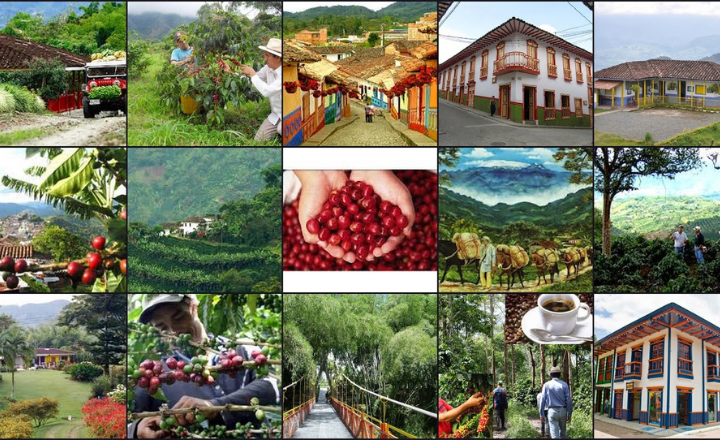
Climate Overview
Before making a plan to visit Zona Cafetera, you must consider the climate overview. The best time is December to March, which is best for hiking and is comfortable for you. Alternatively, the short dry season from July to September also provides pleasant weather, though you should expect some rain, especially in August.
For coffee enthusiasts, visiting during the harvest periods of April to June or October to December can be the rainy season.
Travel Tips for Visiting Zona Cafetera
Here are some travel tips for visiting Zona Cafetera that make your journey easy and peaceful. Be careful what to pack, where to go, and how can manage everything on tour.
Language Barrier
Language barriers are less to visit Zona Cafetera for travelers because people in Zona Cafetera speak Spanish Language which is easy and simple. You just need to learn simple words that are necessary when interacting with locals, like a few handy ones:
- “¿Cuánto cuesta?” (How much does it cost?)
- “Sin azúcar, por favor.” (Without sugar, please — for coffee)
- “¿Dónde está el baño?” (Where’s the bathroom?)
If you’re someone who freezes up when trying to speak Spanish, keep Google Translate or a translation app ready. Offline mode is your friend.
What to Pack
When visiting Zona Cafetera, you should be aware of some necessary items to pack. You should pack layers of clothing to manage the eternal spring climate, including light summer wear for days and a warm jacket, rain gear, and jeans for cooler evenings. Other items like comfortable hiking shoes, a hat, mosquito repellent, etc, to make your travel easy and luxurious.
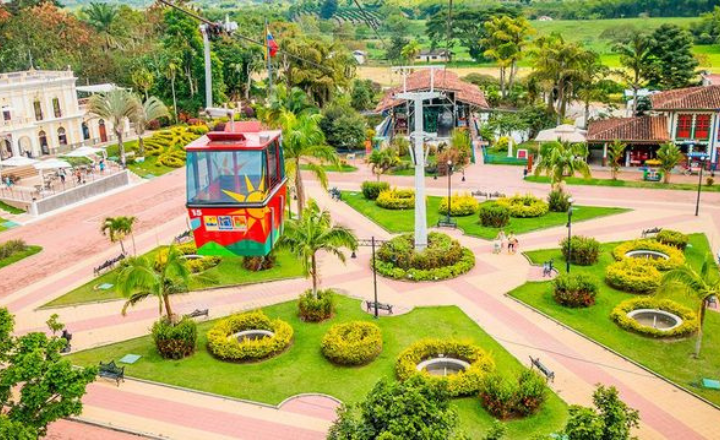
Safety
Zona Cafetera is, generally speaking, one of the safest regions in Colombia. The towns feel sleepy in the best way, and locals are famously warm and helpful.
Still, a few common-sense tips apply:
- Don’t walk alone late at night, especially down quiet side streets
- Keep valuables close on intercity buses
- Use apps like DiDi or Cabify in cities like Manizales, since Uber isn’t as widespread
Conclusion
At the end of visiting Zona Cafetera is a very exciting and good experience for travelers. By going to Zona Cafetera, you can see the deep connection between Colombian culture and its famous cultural dishes and festivals, natural coffee taste that recognizes the region as a UNESCO World Heritage. The beautiful adventures from coffee plantations and cultural towns to the natural wonder of the Cocora Valley with its endemic Quindío wax palms.
The Eje Cafetero isn’t flashy or fast-paced. It’s a region that asks you to slow down… to actually taste things. Like the coffee, sure, but also the moments. The quiet ones, especially.
You could easily spend just a few days bouncing between towns, Salento, Filandia, maybe Manizales or Armenia, and feel satisfied. But the more time you give this region, the more it gives back. Stories, scenery, little surprises. Maybe even a better understanding of Colombia beyond the clichés.
FAQs
1. Is Zona Cafetera safe for solo travelers?
Yes, especially compared to larger cities. Just stick to well-reviewed stays, avoid wandering late at night alone, and keep your stuff close on buses.
2. Can I visit the coffee region without joining a tour?
Totally. You can DIY it with buses, taxis, or a rental car. That said, having a guide at a finca or for hiking helps you appreciate more of the experience.
3. How many days should I spend here?
Minimum 3–4 days. If you want to see multiple towns, hike, and visit a few farms, a week is even better.
4. What’s the weather like throughout the year?
Mild and spring-like most of the time. Rainy seasons hit in April–May and October–November, but it’s still doable with a jacket and solid shoes.
